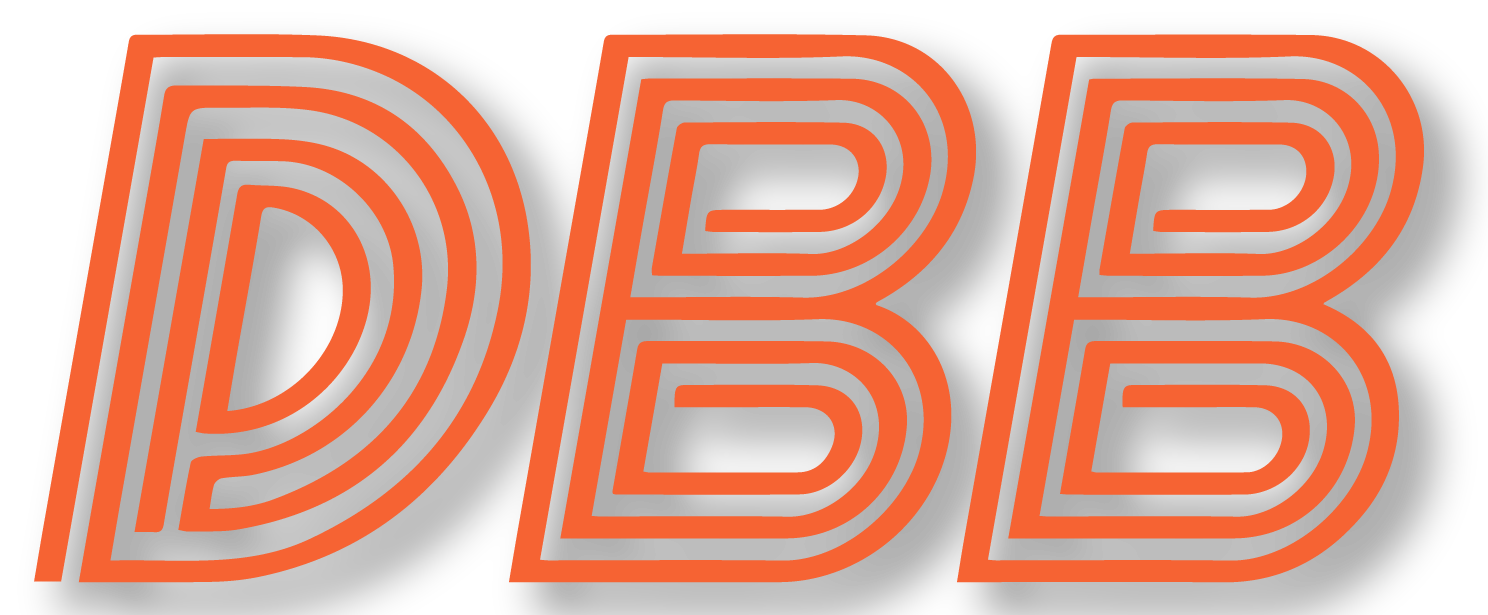Chicago’s rushing attack was woeful in 2019, finishing 27th in the NFL in rushing yards (91 yards/game), 29th in yards per attempt (3.7 yards/carry), and 26th in success rate on rushing attempts (44%). All three marks showed a decrease from 2018, when they were 11th (121 yards/game), 27th (4.1 yards/carry), and 10th (48%) in those three metrics.
This happened despite having fairly decent consistency in personnel. The starting offensive line was the same (when healthy), and the Bears saw only three primary rushers in both seasons. Tarik Cohen and Mitchell Trubisky were 2 of the 3, with the main rusher changing from Jordan Howard in 2018 to David Montgomery in 2019.
Today I want to look at the running game from a variety of angles to try and figure out what changed to account for the dip in production.
Player vs. Player Comparison
Let’s start out by comparing each player from season-to-season. First, I’ll look at the players who accounted for the majority of rushing attempts each year: Jordan Howard and David Montgomery. Their usage and production was remarkably similar in the two seasons, as you can see in the table below.
Similar playing time, similar carries, similar efficiency. The two were basically indistinguishable from each other, at least on the surface. That really makes you question whether it was worth getting rid of Howard and trading up for Montgomery in the 3rd round last year. At least for 2019, the answer is a resounding no.
This post is focused on rushing, but look at those bottom two rows. One of the reasons to swap Howard out for Montgomery was supposed to be that Montgomery can feature more heavily in the passing game, and thus make the offense less predictable and harder to defend. That didn’t happen in 2019. One of Chicago’s big problems in 2018 was that they were too predictable based on personnel (Tarik Cohen = pass, Jordan Howard = run, Anthony Miller = pass, etc.). In 2019, the offense ran the ball 50% of the time when Montgomery was on the field and only 24% of the time when he wasn’t. For Cohen, those numbers were 25% and 52%. That’s too big of a swing in tendencies based on personnel.











